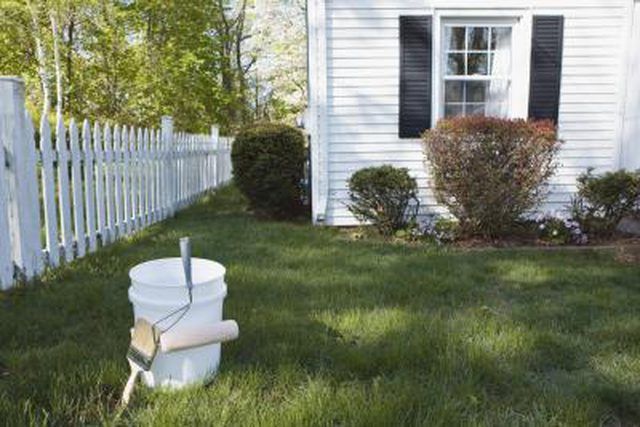Bulbs
Flower Basics
Flower Beds & Specialty Gardens
Flower Garden
Garden Furniture
Garden Gnomes
Garden Seeds
Garden Sheds
Garden Statues
Garden Tools & Supplies
Gardening Basics
Green & Organic
Groundcovers & Vines
Growing Annuals
Growing Basil
Growing Beans
Growing Berries
Growing Blueberries
Growing Cactus
Growing Corn
Growing Cotton
Growing Edibles
Growing Flowers
Growing Garlic
Growing Grapes
Growing Grass
Growing Herbs
Growing Jasmine
Growing Mint
Growing Mushrooms
Orchids
Growing Peanuts
Growing Perennials
Growing Plants
Growing Rosemary
Growing Roses
Growing Strawberries
Growing Sunflowers
Growing Thyme
Growing Tomatoes
Growing Tulips
Growing Vegetables
Herb Basics
Herb Garden
Indoor Growing
Landscaping Basics
Landscaping Patios
Landscaping Plants
Landscaping Shrubs
Landscaping Trees
Landscaping Walks & Pathways
Lawn Basics
Lawn Maintenance
Lawn Mowers
Lawn Ornaments
Lawn Planting
Lawn Tools
Outdoor Growing
Overall Landscape Planning
Pests, Weeds & Problems
Plant Basics
Rock Garden
Rose Garden
Shrubs
Soil
Specialty Gardens
Trees
Vegetable Garden
Yard Maintenance
How to Make a Homemade Hydroponic System With Lowe's Buckets
How to Make a Homemade Hydroponic System With Lowe's Buckets. Create a homemade hydroponic system with Lowe's buckets to grow plants anywhere and anytime. The hydroponic growing method in water is related to the use of greenhouses, where crops are grown indoors to protect them from the cold. Fabricate a simple hydroponic system utilizing two Lowe's...

Create a homemade hydroponic system with Lowe's buckets to grow plants anywhere and anytime. The hydroponic growing method in water is related to the use of greenhouses, where crops are grown indoors to protect them from the cold. Fabricate a simple hydroponic system utilizing two Lowe's buckets. One holds the water and pump, while the second bucket grows the plant. This system is ideal for a single large plant, such as a tomato, or two smaller plants, such as lettuces.
Things You'll Need
2 5-gallon plastic Lowe's buckets
Drill with 3/8-inch drill bit
10 lb. bag 50/50 mix of vermiculite and perlite growing medium
Potted plant base
Nutrient solution
PH paper test strips
2 60-foot long and 1/4-inch thick plastic airline tubing
Air stone
Air pump
Submersible pump with a timer
Plant seedling
Turn one 5-gallon bucket on its side. Drill six equally spaced holes around its base about 1 1/2 inches from bottom using a 3/8-inch drill bit. This bucket houses the plant in the hydroponics system.
Fill the bucket with a 50/50 mix of vermiculite and perlite growing medium. These two minerals complement each other in hydroponic growing because vermiculite retains water while perlite increases aeration and drainage.
Pour 4 1/2 gallons of water to the other 5-gallon bucket, which acts as the reservoir. Add nutrient solution according to the manufacturer's instructions. Test the water with pH paper test strips. Depending on the type of plant, adjust the pH accordingly. For example, tomatoes grow well with a pH of 5.5 to 6.5.
Attach a 60-foot long and 1/4-inch wide airline tubing to an air stone, which are both found in the fish department of a pet store. Place the air stone into the bottom of the reservoir bucket. Insert the other end of the airline to an air pump, which is also found at the pet store, outside the bucket. Plug the air pump in an electrical outlet.
Insert the remaining 60-foot long and 1/4-inch wide airline tubing into a submersible pump with a timer, which can be found at a hydroponics supply store. Place the pump in the bucket. Place the other end of the tubing into the bucket with the growing medium.
Plant the seedling into the center of the bucket with the growing medium. Plug the submersible pump with a timer into an electrical outlet. Set the timer to pump water into the growing bucket for one minute twice a day.
Tips & Warnings
Place a loose-fitting lid over the reservoir bucket to prevent debris from falling into it.
Add growing lights above your plant unless you are growing it outdoors.